Growing up in Singapore, Chaw Wei Yang‘s drive to democratize access to art came from his exposure to its exclusivity.
His father’s involvement in Le Freeport, a high-security storage compound likened to “Singapore’s Fort Knox for fine art and collectibles,” allowed Wei to enjoy priceless artworks hidden from the public eye for decades.
“I saw the craziest art pieces,” he recalls. “Some collectors have never even seen the artworks, just kept them in crates for 14 years. Something didn’t sit right with me.”
As Wei learned more about the art market, he recognized a fundamental disconnect between the top 1% who own valuable artworks and the 99% whose appreciation for such works contributes to their value.
“The number one way collectors like to boost the value of artwork is to create more recognition around it,” he explains. “So they do exhibitions so people can create content around it. People are one of the most powerful parts of the value chain, but we’ve never been part of the value exchange before. It’s extractive in nature.”
In 2021, Wei founded Co-Museum, a self-described culture collective, to advance collective ownership of notable artwork and empower communities to connect with their favorite artists. Backed by Animoca Ventures, Co-Museum made its first major splash with the Proof of Concept showcase in January 2023. Billed as one of Singapore’s largest NFT art exhibitions, the show featured more than 25 artists, including marquee names like Refik Anadol, Tyler Hobbs, and Sarah Meyohas.
Co-Museum will release its Founder’s Pass in the coming weeks, offering holders access to exclusive drops from leading artists, creators, and IP houses. We caught up with Wei ahead of the release for a deep dive into Co-Museum’s mission and future plans, including a forthcoming collaboration with Azuki and beyond.
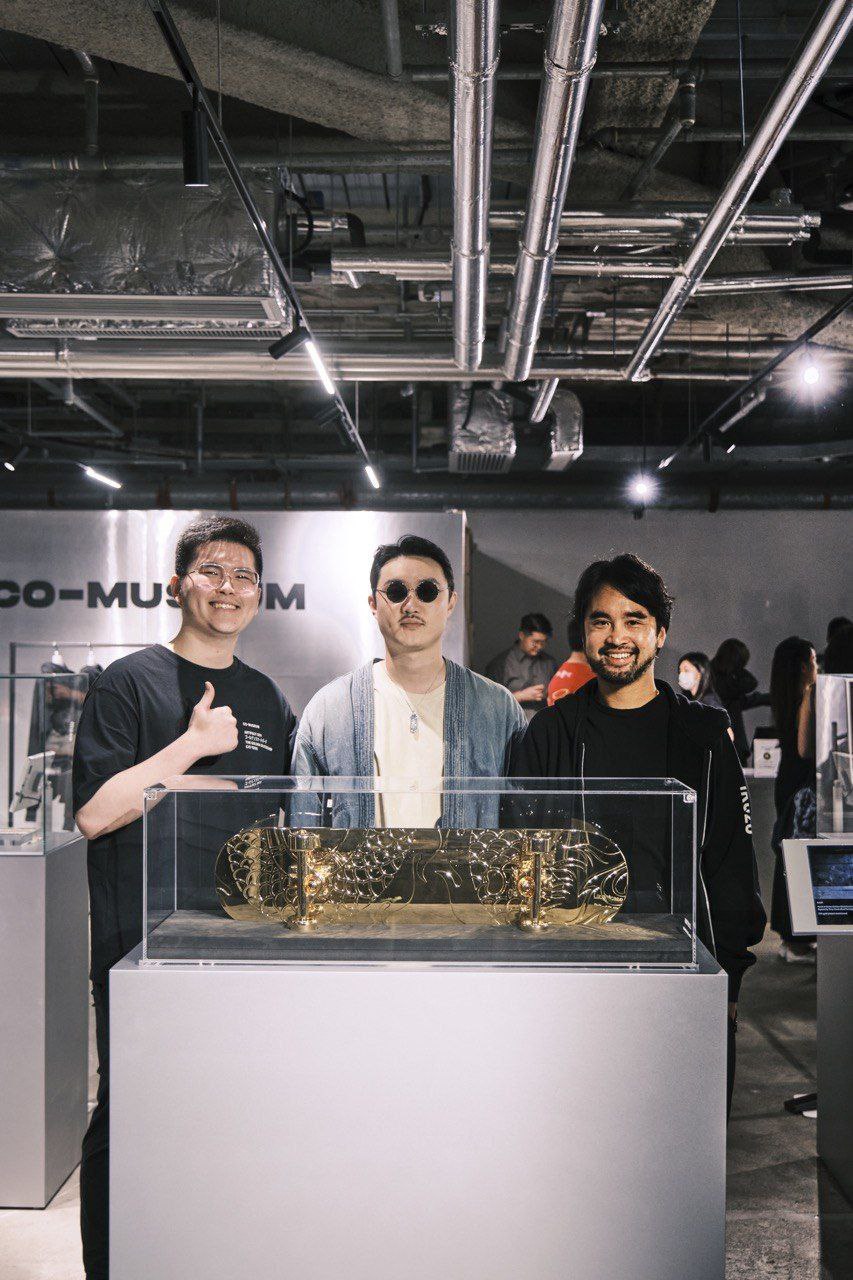
nft now: Tell us a bit about your backstory and how you got into art.
Chaw Wei Yang: My journey into art was heavily influenced by my passion for street culture and streetwear, beginning with collecting sneakers at age 10. This early interest naturally led me to street art, drawing inspiration from artists like Damien Hirst, Takashi Murakami, and Banksy, who collaborated with brands and personalities within the spaces I admired. By 14, I started collecting art more seriously, acquiring Murakami prints and KAWS figures when they were still relatively affordable.
The pivotal moment in my art journey came when my dad became involved with the Freeport in Singapore, a premier storage facility for high-value art. Starting in 2016, I was suddenly immersed in the world of Monet, Van Gogh, Da Vinci, and Rothko, viewing these masterpieces in an intimate setting alongside collectors. This experience offered me a unique insight into the art world, viewing art not just as pieces to be admired but understanding the deep personal connections and investments collectors made in these works.
“How do we put art back into the hands of the people in a meaningful way? Because art has become something that separates the top 1% from the 99%.”
CHAW WEI YANG
However, my experience at the Freeport also highlighted a disconnect. I saw firsthand how art, ideally a cultural asset for everyone, was often kept out of public view, stored away for years. It struck me that the true value of art comes from its exposure and appreciation by the masses, not just its monetary worth. This realization sparked the concept behind Co-Museum. I questioned why art couldn’t be more accessible and why the public couldn’t be more involved in its value exchange. How do we put art back into the hands of the people in a meaningful way, in a way that matters, so that people have an emotional connection to art again? Because art has become something that separates the top 1% from the 99%.
Co-Museum emerged from the idea that art should belong to everyone, aiming to redefine how art is owned and appreciated. By leveraging exhibitions and public engagement to enhance art’s value, rather than confining it to private collections, we could create a more inclusive art ecosystem. This vision is about reconnecting art with its cultural roots and ensuring it plays a meaningful role in people’s lives, challenging the existing dynamics that separate art from the majority. Co-Museum aims to bridge this gap, making art an integral part of everyone’s cultural experience.
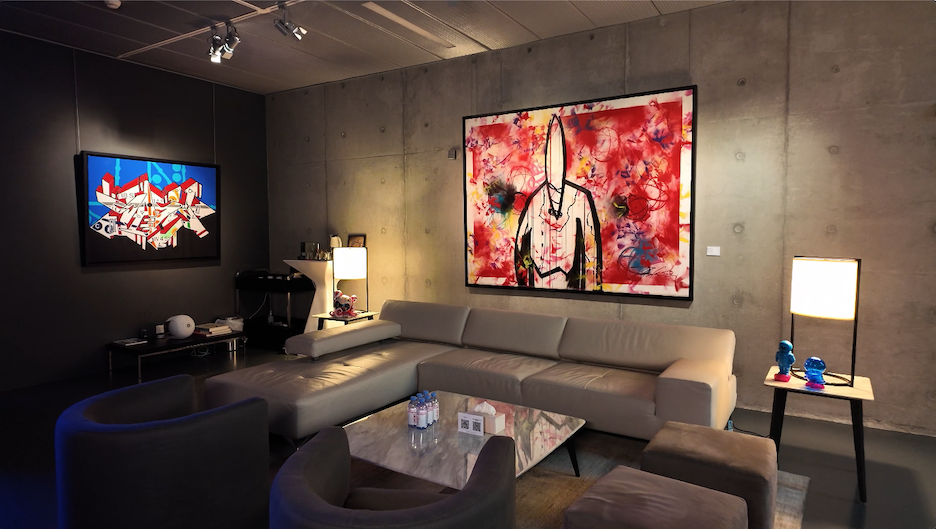
How would you describe Co-Museum and its vision?
The dream is that we want to make art accessible in a meaningful way. Let’s talk about the elephant in the room. The fractionalization of art is not a new concept. Literally, 60 years plus worth of history of art funds and companies have tried and gone. But the main issue with traditional fractionalization is that it’s a pure investment proposition. Historically, art investment has been just that—an investment, locking value behind a figurative price ceiling. Traditional methods suggest a piece valued at $1 million today could sell for $2 million tomorrow, limiting its appreciation to a financial metric and a small circle of elite collectors.
Co-Museum ventures beyond these constraints. We aim to transform each fraction of art into a valuable entity of its own, making what was once a million-dollar painting accessible at a fraction of the cost. This approach is inspired by the collectibles market, where items like KAWS figures or Bearbricks, initially bought for hundreds, can appreciate significantly. Yet, these collectibles are valued not just for their potential financial return but as complete, standalone pieces of art.
“Co-Museum is not disrupting the art market. I’m literally just expanding it.”
CHAW WEI YANG
This revelation about the collectible market’s vast potential, almost half the size of the traditional art market, underscores a glaring issue: people are passionate about art but often can’t afford to engage with it directly. Co-Museum’s mission is to bridge this gap. We’re not just blending two markets; we’re fostering an ownership economy where owning a fraction means something more personal and profound. Whether it’s a print of a Monet or a Banksy, it’s about real ownership, not just a superficial connection.
Co-Museum is not disrupting the art market. I’m literally just expanding it. I’m creating a bridge so that the 99% can come in and participate as well. Everybody benefits. Artists are going to earn more money. Collectors are going to sell their paintings for more. Auction houses are going to have more participants in the ecosystem. Museums are going to have more monetization and more engagement. Everybody wins. Art finally becomes something that plays a part in everybody’s life, not just the top 1%.
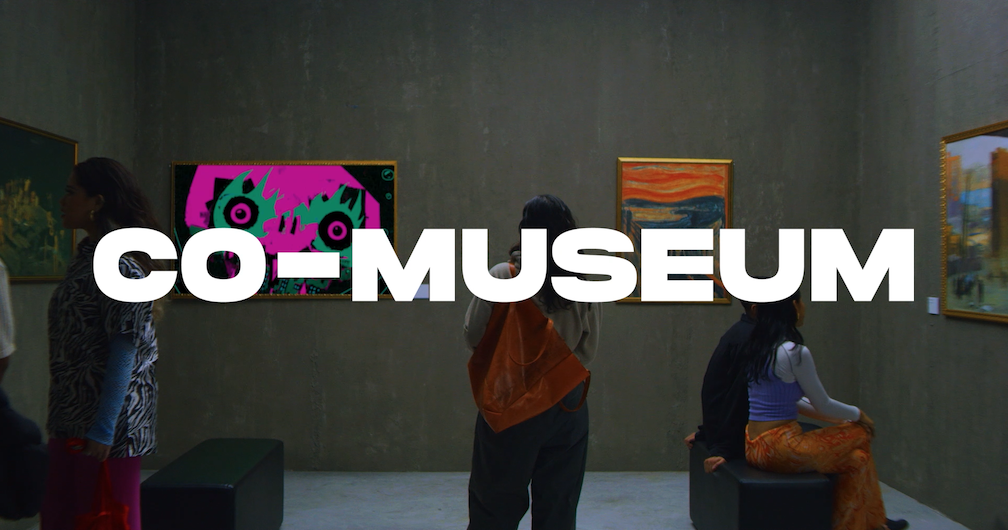
What role does web3 play in Co-Museum’s mission?
I got into crypto in 2016, and I’m one of the few people who started early but is still at a net loss. (laughs) There are two things that always stood out to me. Number one was the power of Bitcoin and how it was ownership of your money and sovereignty. Second was the power of community to drive value. I got into NF T’s in 2021 through Axie Infinity and the beauty about the NFT space was there was nobody in a suit and tie telling you what is art and what is not. If the community decided a rock was worth a couple hundred thousand dollars, it was worth that.
“If you truly love the flower, you will water and nurture it so that when it blooms, everyone around you can behold its beauty together. I 100% believe that is art.”
Chaw Wei Yang
These insights inspired the foundation of Co-Museum, aiming to bring the principles of ownership and community-driven value into the art world. Our journey through the crypto market’s ups and downs has shaped Co-Museum into more than a platform for art fractionalization; it has become a philosophy, a cultural movement.
There’s a quote by Buddha that I think really explains what art is in our read. If you like the flower, you pluck it, take it home, and keep it for yourself, but if you truly love the flower, you will water and nurture it so that when it blooms, everyone around you can behold its beauty together. I 100% believe that is art.
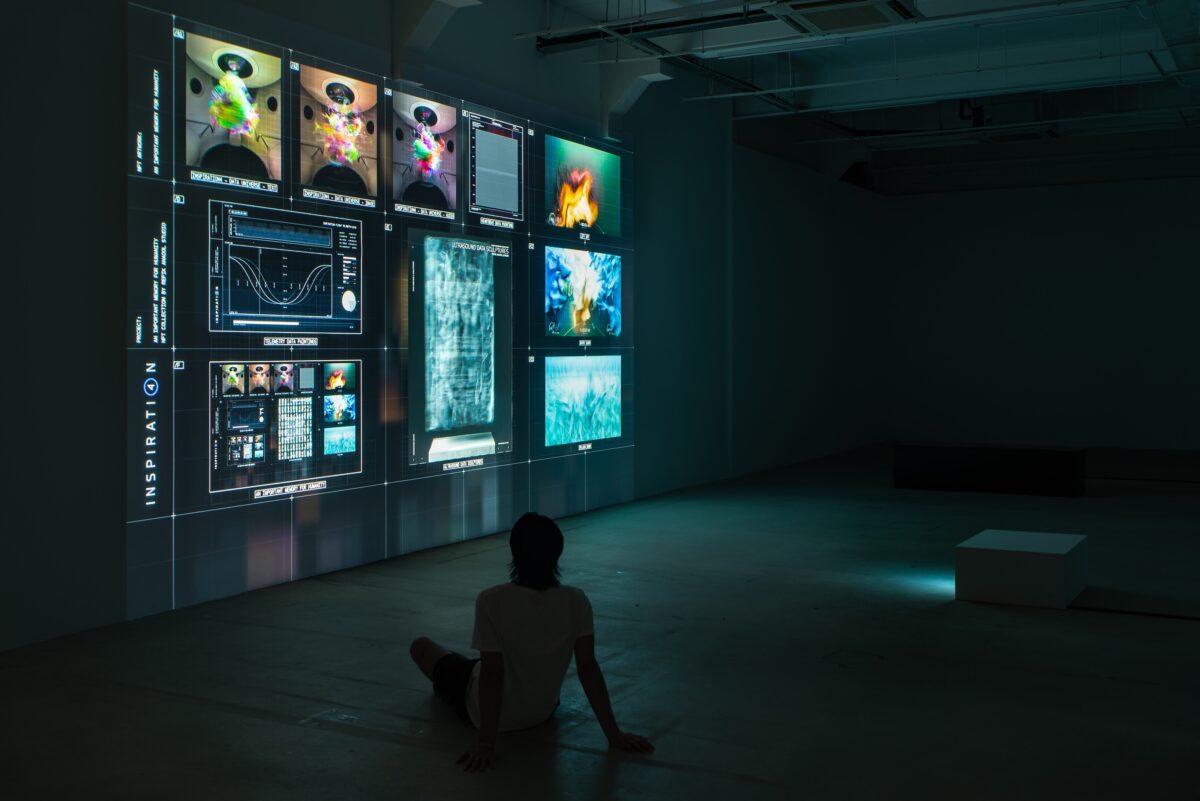
How are you navigating the regulatory challenges of art fractionalization across different regions, considering its potential and the concerns around securities laws?
Our legal strategy has been crucial, taking one and a half years to develop with the expertise of two prominent law firms. One firm’s lawyers are part of the Monetary Authority of Singapore, providing insider knowledge on regulations, while Dentons Rodyk, known for their crypto prowess in both New York and Singapore, have tackled significant projects in the crypto space. This has allowed us to create a robust legal framework that navigates the complex landscape of asset-backed collectibles.
Our approach is not just about owning the asset but innovating the method of acquisition. We’ve devised a system where instead of direct fractionalization, we offer the option to acquire, adding a layer of legal and strategic nuance. This method challenges traditional views by transforming what could be seen as mere pieces of an artwork into keys, each with potential access to the artwork itself. This conceptual shift is central to Co-Museum’s model, focusing on communal engagement and shared ownership.
Moreover, our unique buyout mechanism introduces a novel way for the community to directly influence the artwork’s valuation and ownership. This model not only incentivizes investment but also encourages active participation, creating a dynamic ecosystem where the artwork’s traditional valuation serves as a floor, not a ceiling. This strategy aims to foster a more inclusive art market, distinguishing Co-Museum from previous attempts in the field and ensuring our commitment to transforming how art is valued and owned.
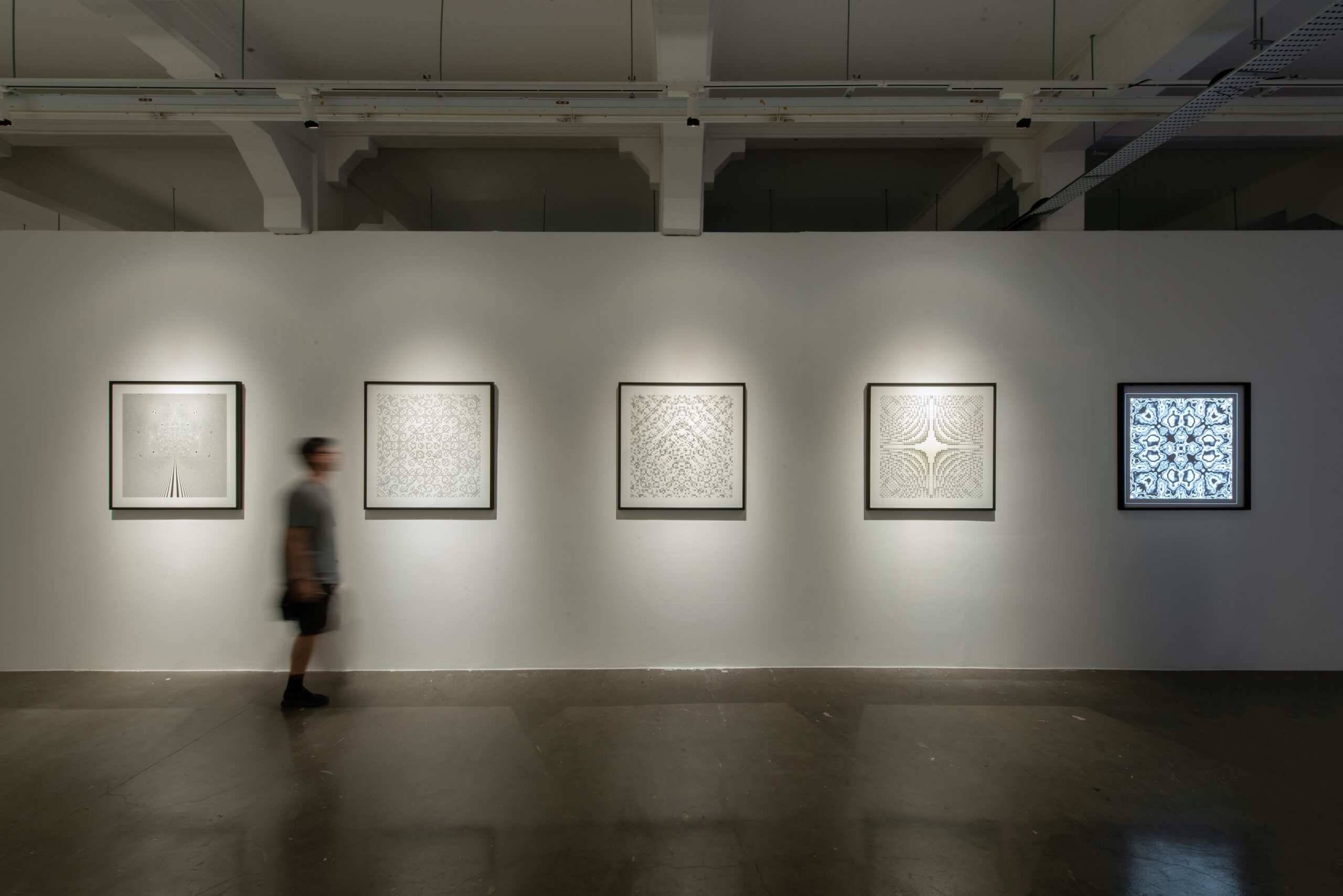
Tell us a bit more about the launch you have coming. What can people expect from the Founder’s Pass?
Co-Museum is fundamentally a cultural movement aimed at redefining art ownership and accessibility. It’s about believing in the power of art for the masses and actively participating in shifting the cultural paradigm. We have all kinds of things in the pipeline, from Banksy pieces to the triceratops, bridging web3 artists with web2 ones. This diversity ensures there’s something for everyone, unified by our Genesis launch, which is designed to bring together those who are deeply invested in shaping Co-Museum’s culture. This includes exclusive access to drops, real-life events, and exhibitions across our global network of 18 galleries, making art world entry more accessible than ever.
“We want to create cultural moments and share them with the whole community.”
CHAW WEI YANG
Beyond just art access, we aim to create a community-led platform where early supporters are at the forefront, shaping the future of art ownership and appreciation. We’re exploring innovative ventures like unique token utilities that could potentially enhance the entire cultural aspect of our ecosystem.
In essence, Co-Museum isn’t just about accessing art; it’s about joining a revolution to democratize art ownership, making it a meaningful part of everyone’s life. We’re committed to transforming the art industry and how art integrates into our daily experiences, backed by a commitment to innovation, community, and cultural change.
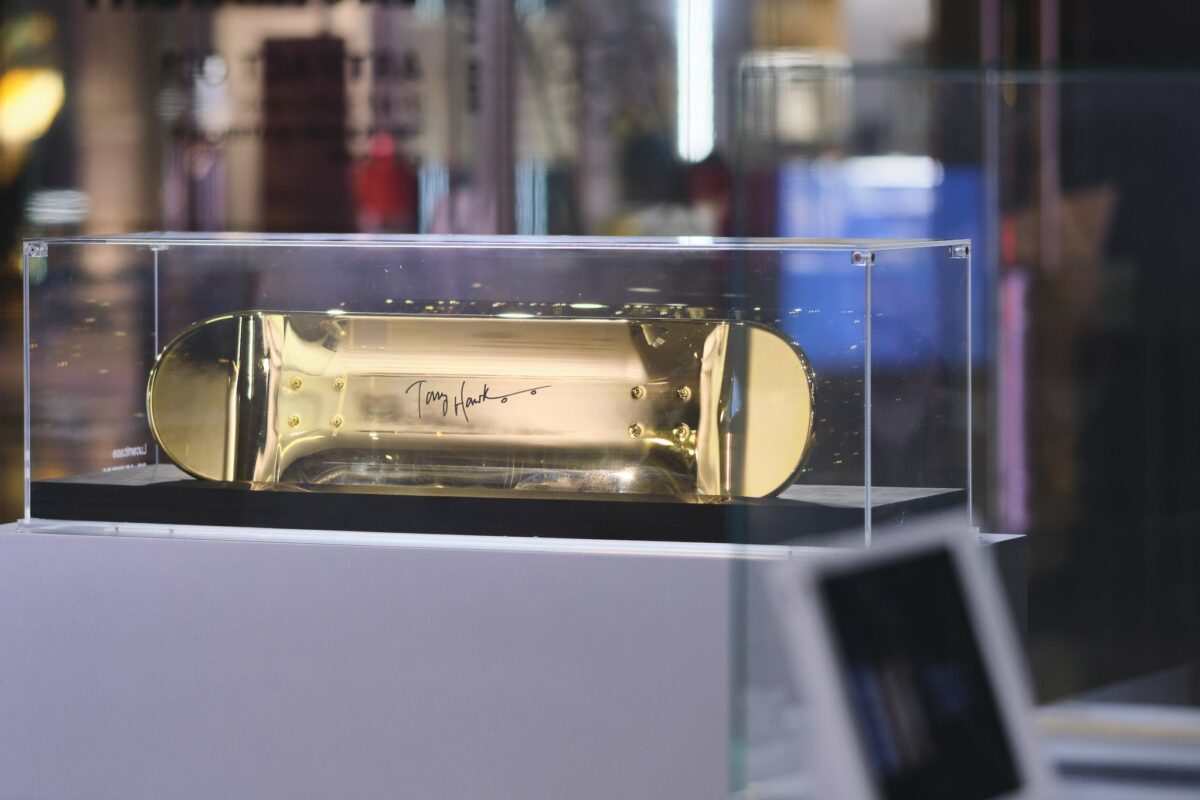
What’s next for Co-Museum?
We want to create cultural moments and share them with the whole community. Our next big drop involves a collaboration with Azuki for a golden skateboard, alongside YOON of AMBUSH and signed by Tony Hawk. This piece is set to become a defining cultural icon, with aspirations to make it the most valuable skateboard in the scene, highlighting the unifying power of our community to make a real-world impact and embrace collective ownership of these cultural moments. The launch includes asset-backed collectibles like T-shirts and necklaces made by YOON of AMBUSH, meaning if you own the 18-karat gold necklace featuring the skateboard, you essentially own a piece of the skateboard itself. You saw this concept at K11 where Adrian Cheng invited us and curated the show with us.
Verbal has been a friend and supporter, and I’ve shared the vision with founders like Luca Netz. He immediately understood that the power of physicality and bringing that physicality to the fractionalization of art. There’s a lot I can’t say publicly yet, but we have upcoming projects in collaboration with some of our favorite blue-chip communities.
Editor’s note: This interview has been edited for clarity and concision.
The post How Co-Museum’s Chaw Wei Yang Aims to Make Art More Accessible appeared first on nft now.







Leave a Reply